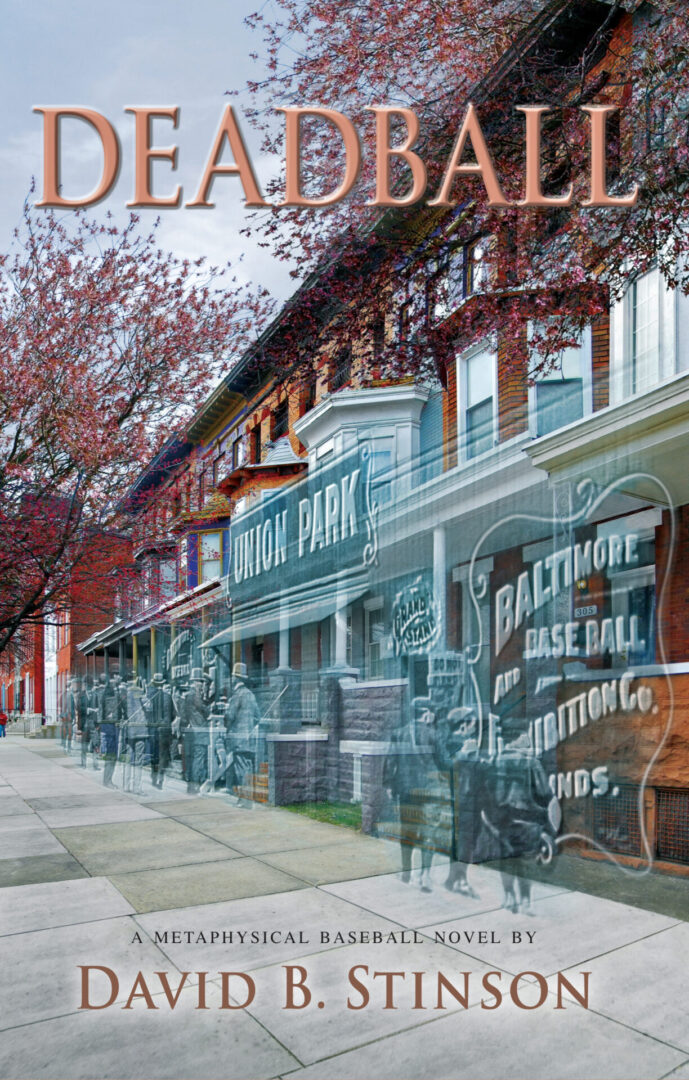Qualcomm Stadium is a multipurpose ballpark located at 9449 Friars Road, seven miles north east of downtown San Diego, California. From 1969 to 2003, it was the home field of the National League San Diego Padres.
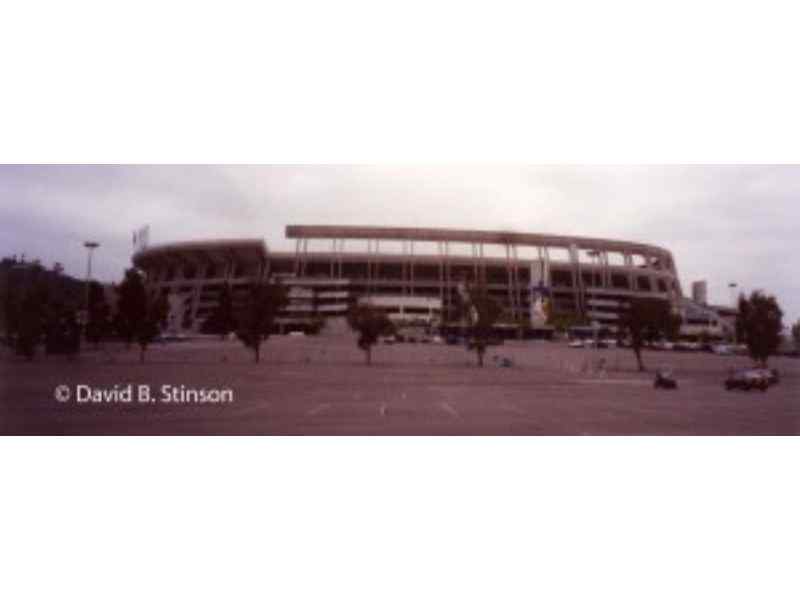
For one season – in 1968 – it was the home to the Pacific Coast League San Diego Padres. Previously, the minor league Padres had played their home games at Lane Field from 1936 to 1957, and Westgate Park from 1958 to 1967.
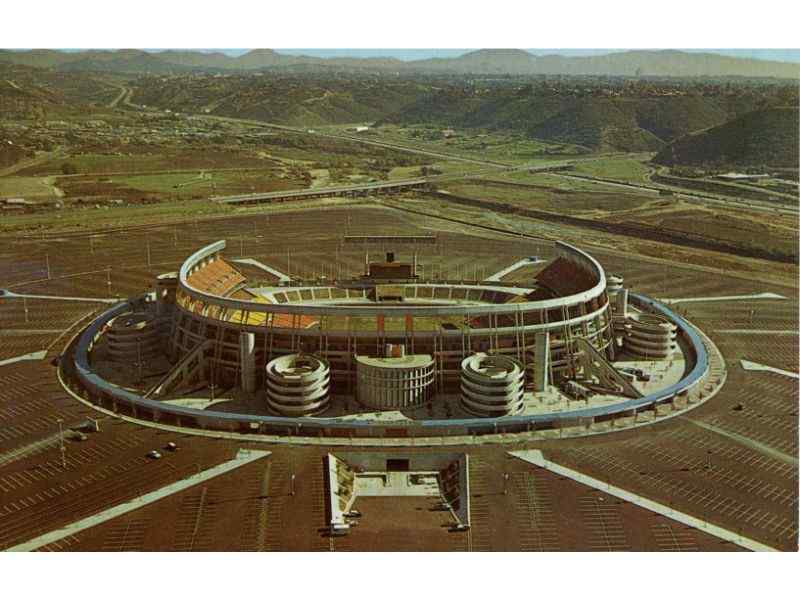
The American Football League San Diego Chargers (the Chargers joined the National Football League in 1970) began play at San Diego Stadium in 1967.
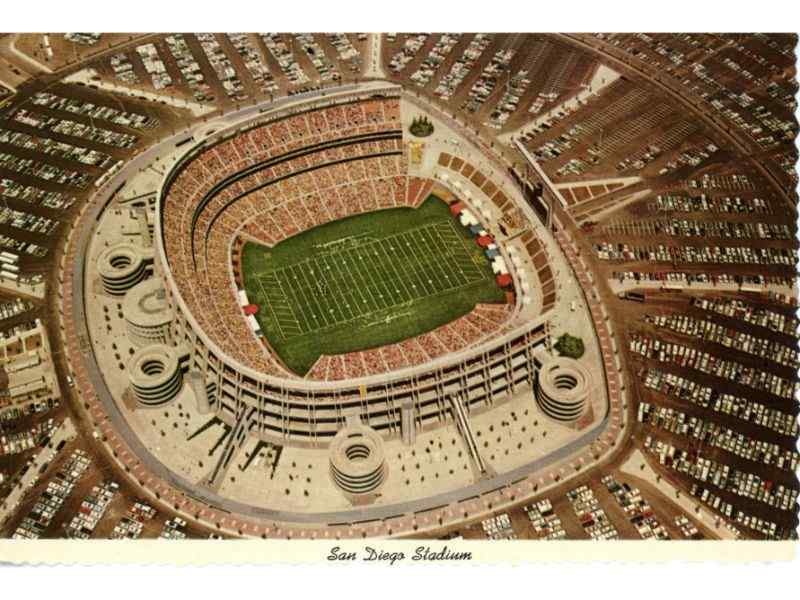
The San Diego State University Aztecs likewise have played their home football games at the stadium since 1967. Half of the lower bowl seats are movable to accommodate the stadium’s baseball configuration.

The stadium name has changed three times over the years. First named San Diego Stadium, the ballpark was renamed Jack Murphy Stadium in 1981, after the local sportswriter who in 1961 helped convince Los Angeles Chargers owner Barron Hilton to move his team two hours south to San Diego.
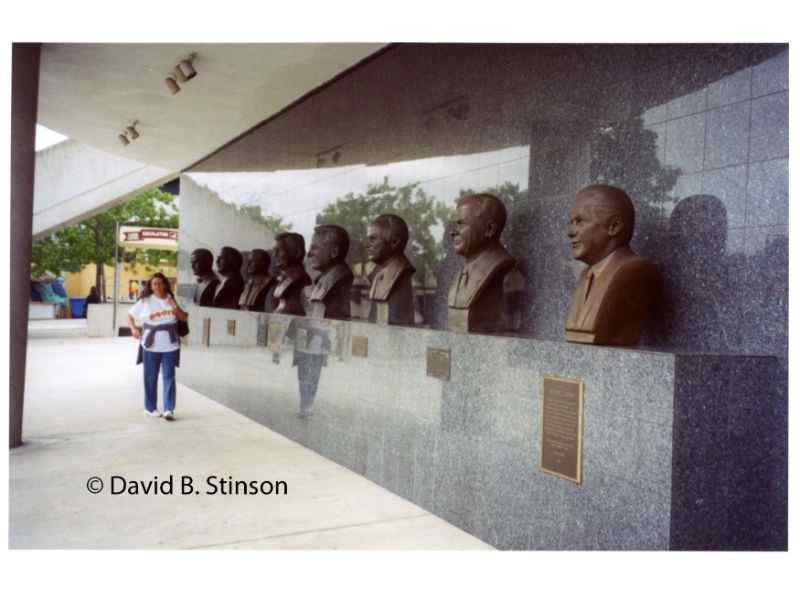
In 1984, Jack Murphy Stadium was renovated, adding an additional 8,000 seats and 50 luxury suites. In anticipation of the bringing Super Bowl XXXII to San Diego, the ballpark again was renovated in 1997, adding 10,500 seats and another 34 luxury suites, making the total seating capacity 71,500.

Architecturally, Qualcomm Stadium was constructed in the Brutalist style. This fortress-like appearance was popular from the 1950’s and into the 1970’s.
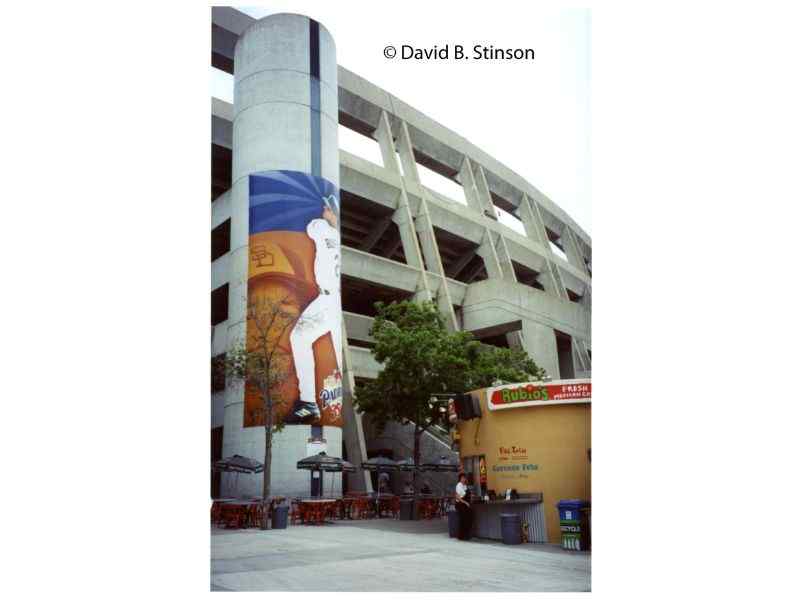
In 1997, the ballpark was renamed Qualcomm Stadium at Jack Murphy Field after the San Diego telecommunications company ponied up $18 million in name rights which run through 2017.
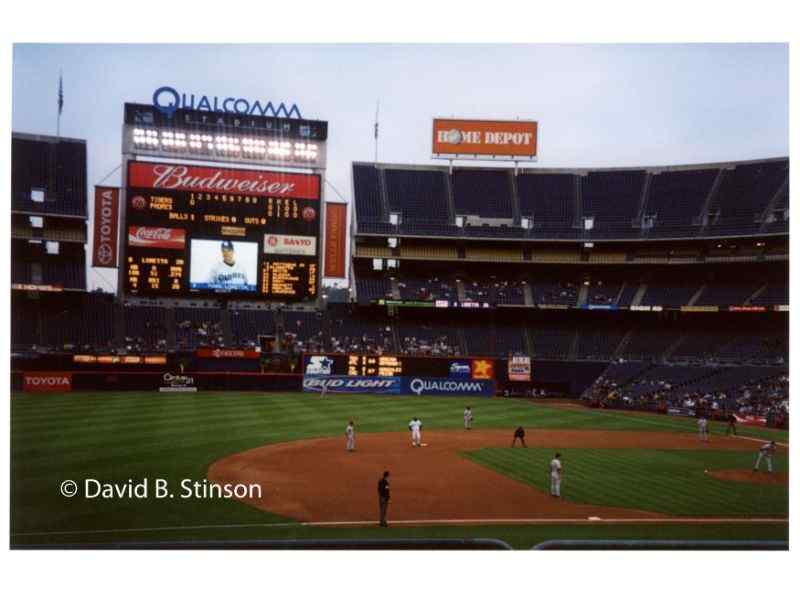
The Padres brought two World Series to Qualcomm Stadium, in 1984 and 1998, but no world championships.
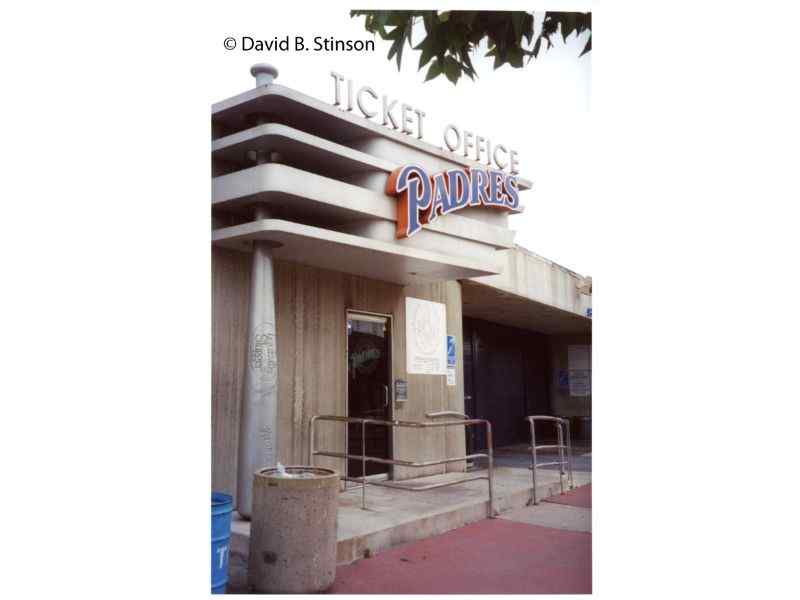
Although Qualcomm Stadium is surrounded by a massive parking lot, the upper reaches of the stadium, looking east, offer a nice view of Cowles Mountain and Mission Trails Park.

In 2000, the City of San Diego broke ground on a new stadium for the Padres.
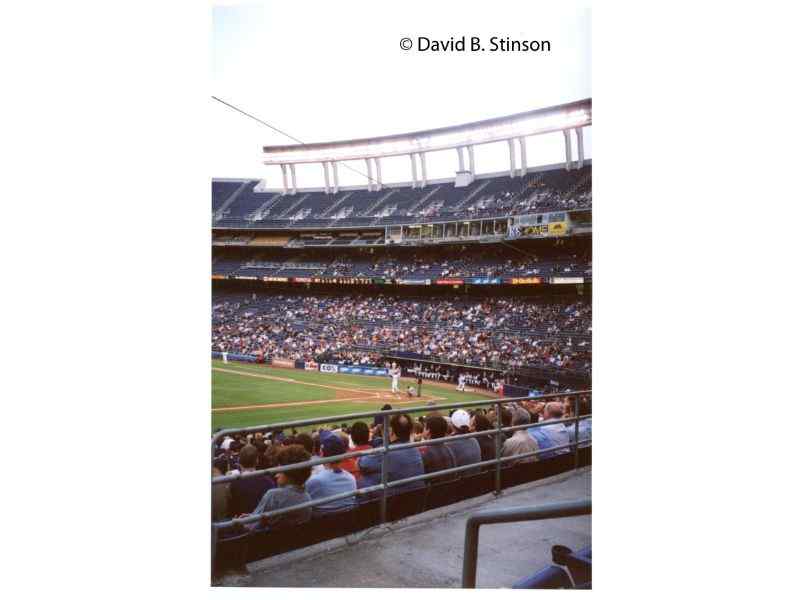
As is typical for ballparks facing extinction, the Padres posted a countdown banner in the outfield, reminding all patrons that the end was near.
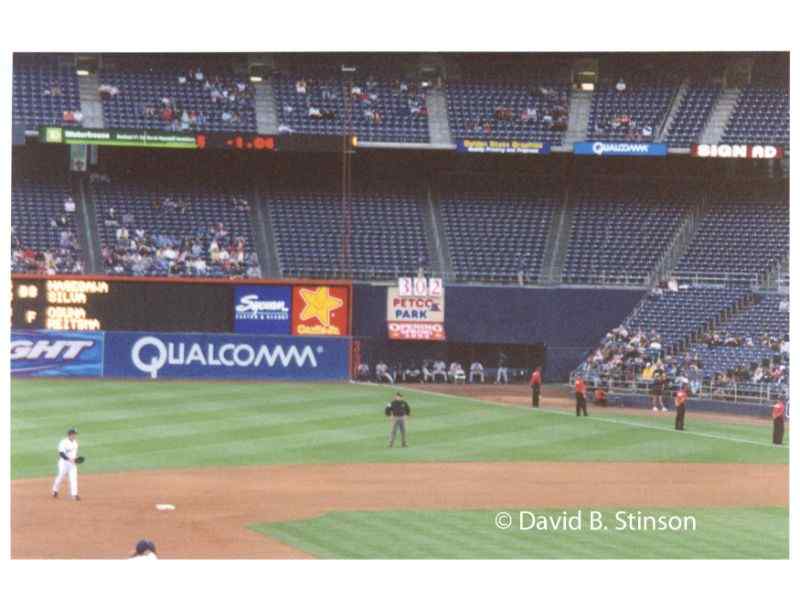
In 2004, the Padres moved seven miles south of Qualcomm Stadium to their new home, Petco Park, who’s name was an upgrade from their Qualcomm Stadium, but not by much. There is no question, however, that the Padres current home is a vast improvement over Qualcomm Stadium, both in architecture and in amenities.
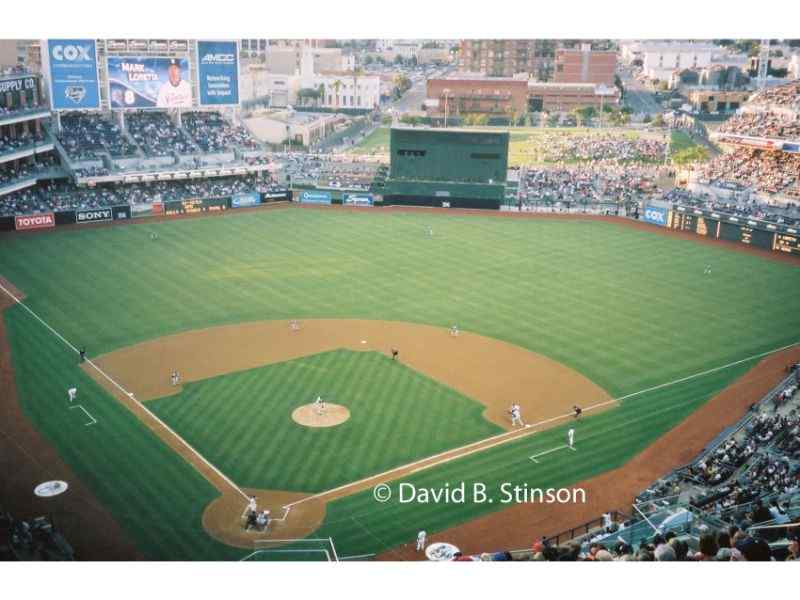
Qualcomm currently is the fifth oldest ballpark in the NFL (behind Soldier Field, Lambeau Field, Candlestick Park, and Oakland County Stadium). The Chargers owners threaten yearly to move the team to another city if San Diego refuses to build the team a new stadium. Either way, it appears only a matter of time before Qualcomm joins the ranks of lost ballparks. If you are thinking of visiting Qualcomm Stadium before it goes, be sure also to pay a visit to another historical baseball site located nearby at 4121 Utah Street, the boyhood home of Ted Williams. It located just 4 miles south of Qualcomm Stadium off the 805. [EDITOR’S NOTE: Qualcomm stadium was demolished in 2021. The former site is being redeveloped by San Diego State University, and will include Aztec Stadium, home to SDSU’s football team].
